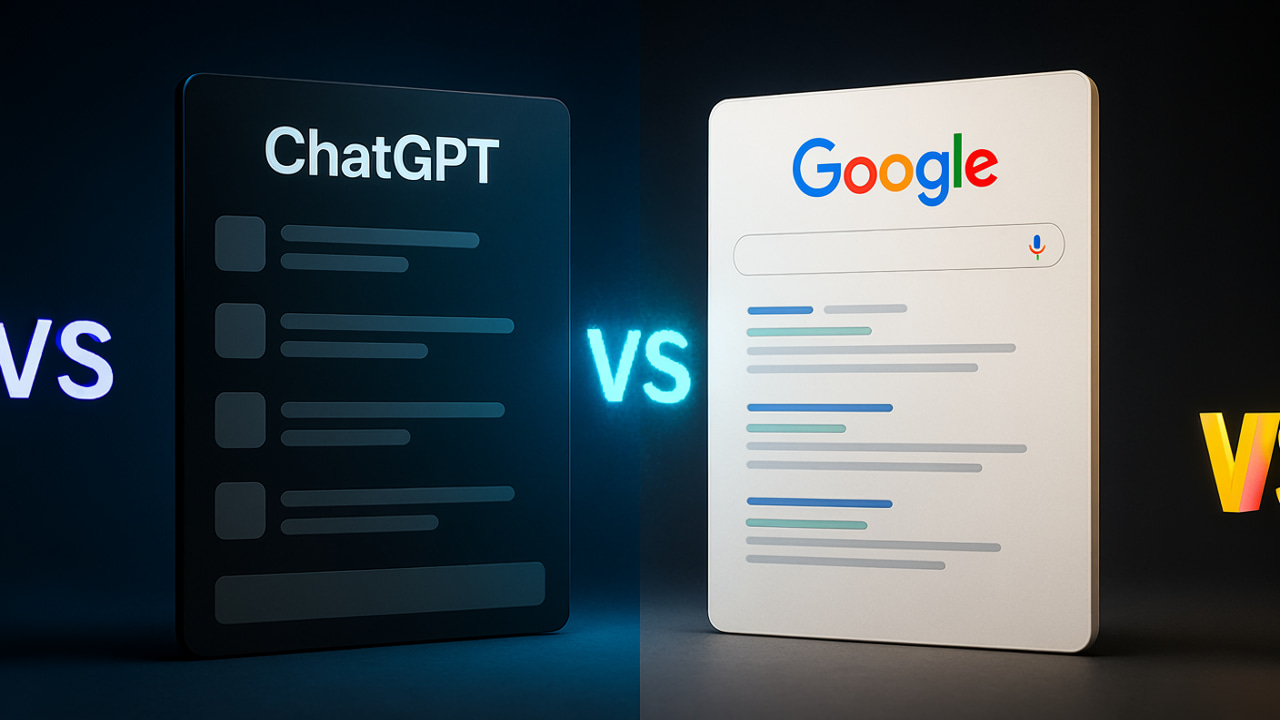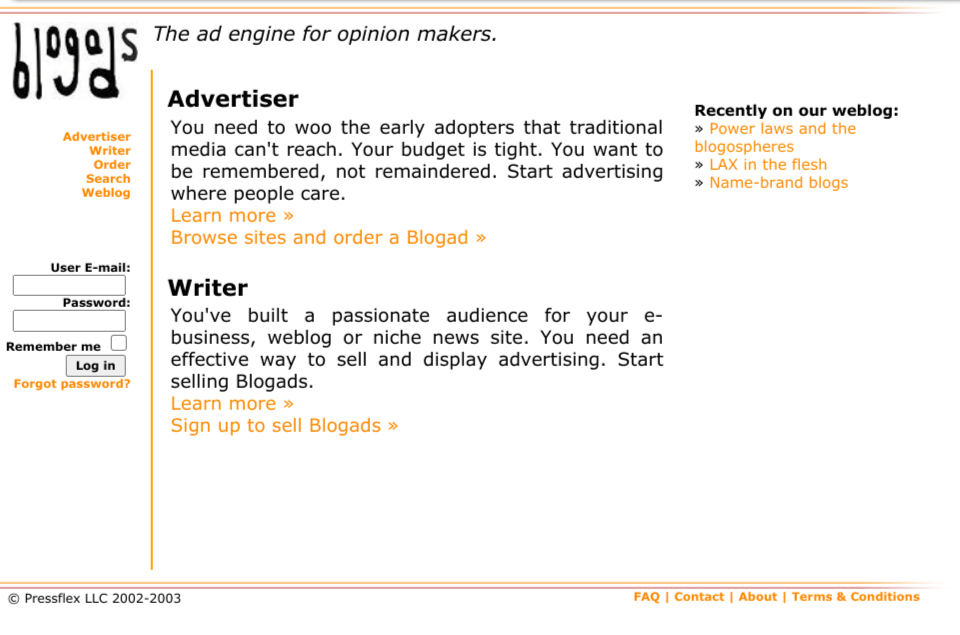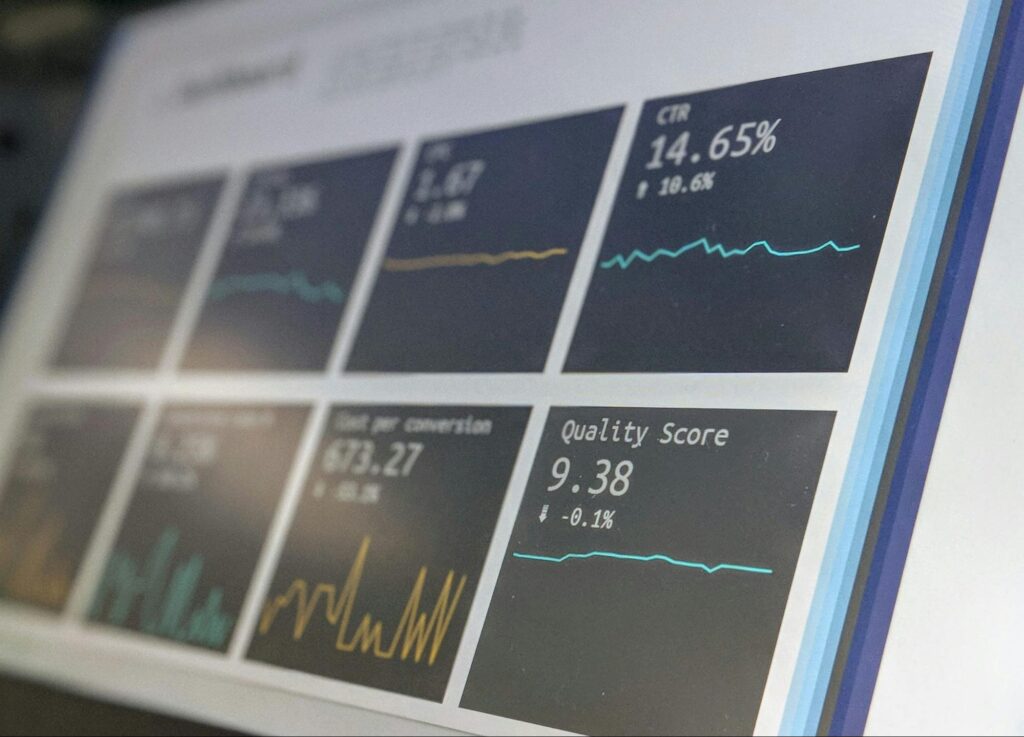The State of SEO in 2025–2026: How to Measure, Adapt, and Thrive in a Decoupled Search Landscape
The search landscape in 2025–2026 presents both profound challenges and unprecedented—yet exciting opportunities. The emergence of AI-powered search interfaces (like Google’s AI Mode and ChatGPT-style interactions) has disrupted traditional SEO models. Executives and marketing leaders are grappling with a crucial question: How do we measure SEO performance when the connection between impressions, visibility, and traffic is increasingly blurred?
This article outlines a clear, structured framework for measuring SEO in this new era. Focusing on input metrics, channel metrics, and performance metrics, while offering practical guidance for organizations to navigate and succeed in the future of search.
I. Understanding the Decoupling: Traffic Down, Impressions Up

The foundational insight for SEO in 2025–2026 is the “great decoupling”: impressions are increasing, yet traffic is decreasing. Search engine results are no longer a linear, trackable funnel where a keyword ranking translates cleanly into a click.
Key Drivers:
- AI-generated answers (ChatGPT, Google’s AI Overviews) reduce the need to click through to websites.
- Search console limitations: There’s no equivalent console for AI environments, making it hard to gauge visibility.
- Crawlers lack JavaScript rendering, so SEO teams must ensure content is served in HTML and is readily accessible.
This disruption demands a new mindset. Instead of measuring SEO purely as a performance channel, we must also embrace it as a branding and visibility channel, akin to social media or PR.
II. Three Stratified Layers of Measurement
To understand and communicate SEO performance in this AI-driven landscape, measurement must be stratified into three key layers:
1. Input Metrics (What You Control)
These are the levers SEO teams actively manage to influence visibility:
- Content relevance scores: Use models to score how well passages of content align with user queries—especially synthetic AI prompts.
- Competitor comparison: Benchmark content relevance against sites appearing in AI citations.
- Indexability: Ensure content is properly indexed and can be crawled (avoiding reliance on JavaScript rendering).
- Bot activity tracking: Monitor how frequently bots request your pages (via logs) to infer visibility across AI platforms.
- Technical health: fixing broken links, optimizing XML sitemaps, improving mobile performance.
Why it matters: These metrics reflect SEO effort and foundational health. While they don’t tie directly to ROI, they inform higher-order outcomes like visibility and traffic.
2. Channel Metrics (How You’re Seen)
These measure visibility and share of voice across platforms—even when user behavior is opaque.
- Citation appearance frequency: Are you cited in AI answers (like ChatGPT, Perplexity, etc.)?
- Visibility and share of voice: Tools like Profound.ai provide snapshots of how often and where your brand appears.
- Sentiment analysis: Gauge tone and context of mentions across platforms.
- Competitor visibility benchmarking: Compare brand visibility in key channels vs. rivals.
Caution: These metrics are probabilistic, not deterministic. They lack absolute accuracy due to the black-box nature of AI engines. But with consistent methodology, you can get precise trend data over time.
3. Performance Metrics (What Converts)
While visibility is critical, outcomes still matter. Performance metrics help you assess business impact.
- Traffic and referral volume: Track click-throughs to your site (using GA4 or similar).
- On-site engagement: Time on site, bounce rates, and session duration remain essential indicators.
- Conversion actions: Leads, purchases, newsletter signups—standard KPIs still apply.
- Lift studies: Correlate campaigns with subsequent traffic or brand lift (especially when direct attribution is impossible).
Key takeaway: Although attribution is harder, ROI measurement still exists, especially when paired with thoughtful experimentation (e.g., pre/post visibility studies in ChatGPT or Google AI results).
III. Strategic Reporting for Different Stakeholders

Understanding who needs what data is critical in shaping your SEO reporting and communication.
For CMOs and Executive Teams:
- Focus on high-level visibility and brand performance.
- Show traffic and conversions.
- Break visibility into three categories:
- Brand protection: Are people seeing and engaging with your brand positively?
- Category visibility: How do you perform for non-branded industry terms?
- Long-tail specificity: Are you capturing niche but high-intent queries?
For SEO Managers:
- Dive deeper into input metrics like content scoring, ranking shifts, crawl stats, and prompt analysis.
- Develop frameworks for prompt taxonomy tracking to understand conversational intent.
- Monitor bot activity and integrate clickstream data sources like Datos or SimilarWeb for AI-derived referrals.
IV. Tracking Prompts and Redefining Funnel Models
Search is no longer a clean funnel. With conversational AI, users ask multi-turn prompts that don’t always build on each other linearly.
The Challenge:
- Prompt chains are hard to track: Subsequent questions often lack reference to the first.
- Search intent is messier: Traditional categories (navigational, informational, transactional) fall short.
What to Do:
- Start building a new taxonomy of prompts:
- Use machine learning or clustering to group related queries.
- Focus on entity-based tracking rather than keyword tracking.
- Advocate for “also asked” datasets for ChatGPT and similar tools.
- Track topical coverage over exact matches to ensure visibility across semantic variations.
V. Future-Proofing SEO Strategy
Here’s a blueprint for adapting and thriving in the evolving SEO environment:
1. Adopt Branding-Minded Thinking
Treat SEO as both a traffic driver and a visibility channel. Just like social media, the goal isn’t always a click—it’s awareness, perception, and presence.
2. Monitor New Metrics Religiously
Set up dashboards that reflect the stratified model:
- Input (content quality, indexation)
- Channel (AI visibility, share of voice)
- Performance (engagement, conversions)
3. Invest in Visibility Platforms
Use tools like Profound.ai, Datos, SimilarWeb, and custom log analysis to monitor visibility in AI ecosystems.
4. Prepare for Attribution Limitations
Don’t expect clean lines between exposure and ROI.
- Use proxy metrics (like sentiment and citations) as indicators.
- Run pre/post experiments to estimate impact.
5. Educate Up and Down
- CMOs: Ask your teams to deliver visibility + performance metrics.
- SEO Teams: Prepare leadership for a branding-oriented, less attributional future.
VI. Looking Ahead: Ranking’s Role Isn’t Dead—Just Evolving

Contrary to popular belief, rankings still matter—but as an input, not a goal. Even as AI interfaces dominate, they’re still underpinned by traditional ranking models (e.g., RAG—Retrieval-Augmented Generation).
If the major platforms stop showing the “10 blue links,” third-party platforms like Ahrefs or Majestic may recreate ranking-based models to simulate that layer. So, ranking visibility will remain a valuable signal, but not the primary KPI.
Conclusion: Embrace the Complexity, Drive the Clarity
The new SEO frontier is complex, decentralized, and fragmented. Yet it offers an exciting opportunity for marketing leaders and technical SEOs to reshape their strategy around influence, visibility, and user experience—not just clicks.
By adopting a layered measurement strategy, building new taxonomies, and embracing AI as a visibility partner rather than an adversary, brands can position themselves for durable relevance in the next era of search.
Next Steps:
- Audit your current SEO reporting and identify gaps in the three-layer framework.
- Start tracking AI citations and build prompt-specific monitoring.
- Schedule leadership alignment sessions to reframe expectations and educate stakeholders.
The brands that thrive in 2025–2026 won’t cling to outdated KPIs—they’ll be the ones shaping meaningful visibility in a world where awareness comes before the click.








